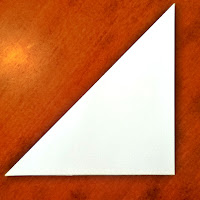Here is an article we found that demonstrates just that:
“Maximize your gains, minimize your losses”. These are the basic tenants of the Passive House approach. A Passive House project maximizes the energy efficiency of the basic building components inherent in all buildings; roof, walls, windows, floors and the utility systems: electrical, plumbing & mechanical. By minimizing a building's energy losses, the mechanical system is not called to replenish the losses nearly as frequently, saving resources, operational costs and pollution. Unlike any other structures, Passive House buildings maintain occupant comfort for more hours of the year without the need for mechanical temperature conditioning of the indoor air. The opposite has been the norm in this country with a history of inexpensive fuel and construction techniques with little consideration for energy losses through thermal bridging, air-infiltration, let alone being conscious of using some or even any insulation.
Thus, to minimize losses, Passive House theory is focused on insulation. The research shows that energy conservation is the most cost effective and immediate solution to global energy production and resulting global pollution concerns.












